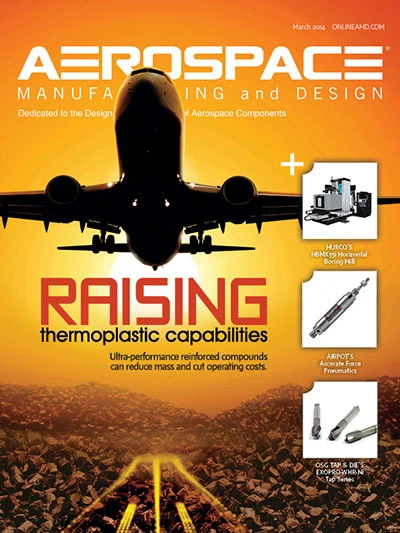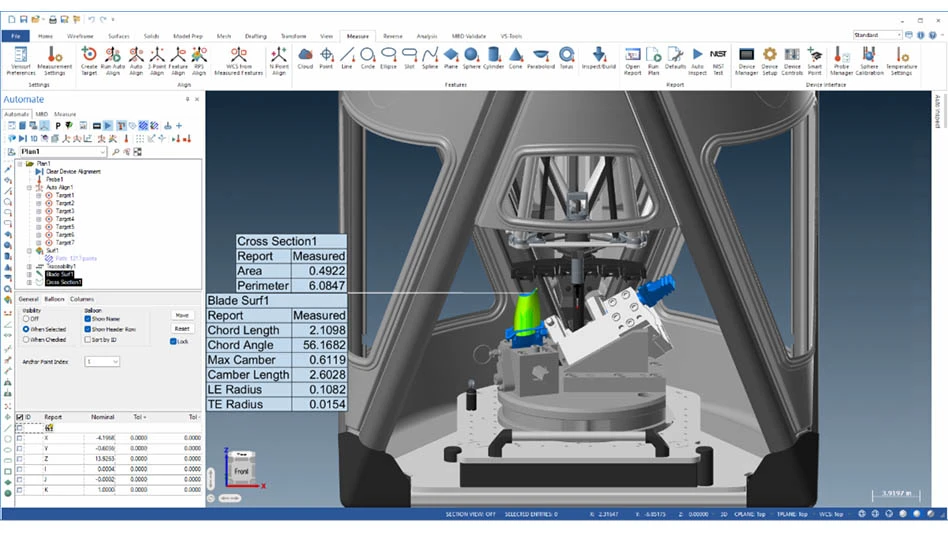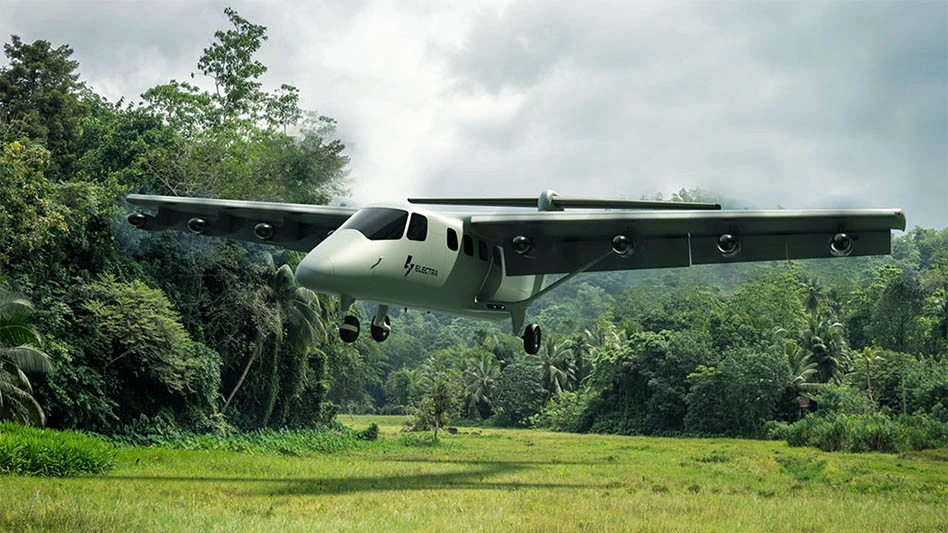 RQ-21A Blackjack begins testing
RQ-21A Blackjack begins testing
The Navy and Marine Corps’ newest small unmanned aircraft system, RQ-21A Blackjack, began initial operational test and evaluation (IOT&E) in January at Marine Corps Air Ground Combat Center, Twentynine Palms, Calif.
As part of IOT&E, this first low-rate initial production (LRIP) lot of the Blackjack, previously known as RQ-21A Small Tactical Unmanned Aircraft System, will demonstrate its effectiveness and suitability in combat conditions.
The Insitu Inc.-built Blackjack is a larger, twin-tailed follow-on to the ScanEagle unmanned air vehicle. The system contains five air vehicles, two ground control systems, and launch and recovery equipment.
Air Test and Evaluation Squadron (VX) 1 is conducting ground and shipboard testing on Blackjack for the next several months.
At 8ft long and with a wingspan of 16ft, Blackjack provides intelligence, surveillance, reconnaissance, and communications relay on land and at sea. The air vehicle’s open-architecture configuration can quickly integrate new payloads and can carry sensor payloads as heavy as 25 lb. www.navair.navy.mil
Surpassing 100,000 combat flight hours
Northrop Grumman Corp.’s Hunter Unmanned Aircraft System, in use with the U.S. Army since 1996, has surpassed 100,000 combat flight hours in service.
The MQ-5B Hunter, currently deployed supporting contingency operations across the globe, provides reconnaissance, surveillance, target acquisition (RSTA), communications relay, and weapons delivery.
The second-generation MQ-5B Hunter gathers RSTA information in real time and relays it via video link to commanders and soldiers on the ground.
The MQ-5B is distinguished by its heavy fuel engines, its fuel-carrying center wing with weapons-capable hard points, and a modern avionics suite. The Hunter is also equipped with a differential GPS automatic takeoff and landing system.
A relay mode allows one Hunter to be controlled by another UAV at extended ranges or over terrain obstacles such as those in the Balkans and Afghanistan. www.northropgrumman.com
FAA, AMA address UAS safety
Jim Williams, head of the Federal Aviation Administration’s (FAA’s) UAS Integration Office, and Bob Brown, president Academy of Model Aeronautics – the national body for model aviation for 77 years – formally agreed to have both organizations work together to ensure modelers fly their model aircraft/UAS without any risk to manned aircraft or to people and property on the ground.
The FAA believes AMA’s detailed safety procedures promote safe model operation and serve as an excellent resource for AMA members and other model aircraft enthusiasts.
Under the agreement, AMA will serve as a focal point for the aero-modelling community, the hobby industry, and the FAA to communicate relevant and timely safety information. The group will establish and maintain a comprehensive safety program for its members, including guidelines for emerging technologies such as model UAS. The groups also agreed to foster a positive and cooperative environment with modelers toward the FAA and any applicable regulations. www.faa.gov
 Arcturus, Urban Robotics fly 3D imager
Arcturus, Urban Robotics fly 3D imager
The GeoDragon sensor system has now been integrated and flown on an Arcturus UAV T-20 Tier II unmanned aerial vehicle built in Rohnert Park, Calif. The sensor system, enclosed in a wing-mounted pod, can capture high resolution 2D and 3D images. The sensor was designed by Urban Robotics in Portland, Ore. The GeoDragon system can create 3D reconstructions in near-real time and output high-resolution digital elevation models, LIDAR-like datasets, and wide-area maps. The system will be released in mid-2014.
GeoDragon imagery is post-processed using automated 3D algorithms to rapidly generate large mapping and modeling datasets. Urban Robotics develops software and hardware solutions for 3D ISR, remote sensing, and geospatial applications, including collection, post-processing, and data management. Typical missions include aerial mapping, drug interdiction, fire-fighting, border patrol, force protection, search and rescue, as well as military ISR.
The T-20 is powered by a 190cc air-cooled, four-stroke, fuel- injected engine. The carbon fiber composite airframe allows for payloads up to 65 lb. www.arcturus-uav.com

Explore the March 2014 Issue
Check out more from this issue and find your next story to read.
Latest from Aerospace Manufacturing and Design
- Simplify your shop floor operations while ensuring quality parts
- Happy Independence Day - July 4th
- Bombardier receives firm order for 50 Challenger, Global jets
- Automatic miter bandsaw
- SAS orders 45 Embraer E2 jets with options for 10 more
- Height measuring instrument
- Shopfloor Connectivity Roundtable with Renishaw & SMW Autoblok
- Moog expands space actuation, avionics manufacturing





